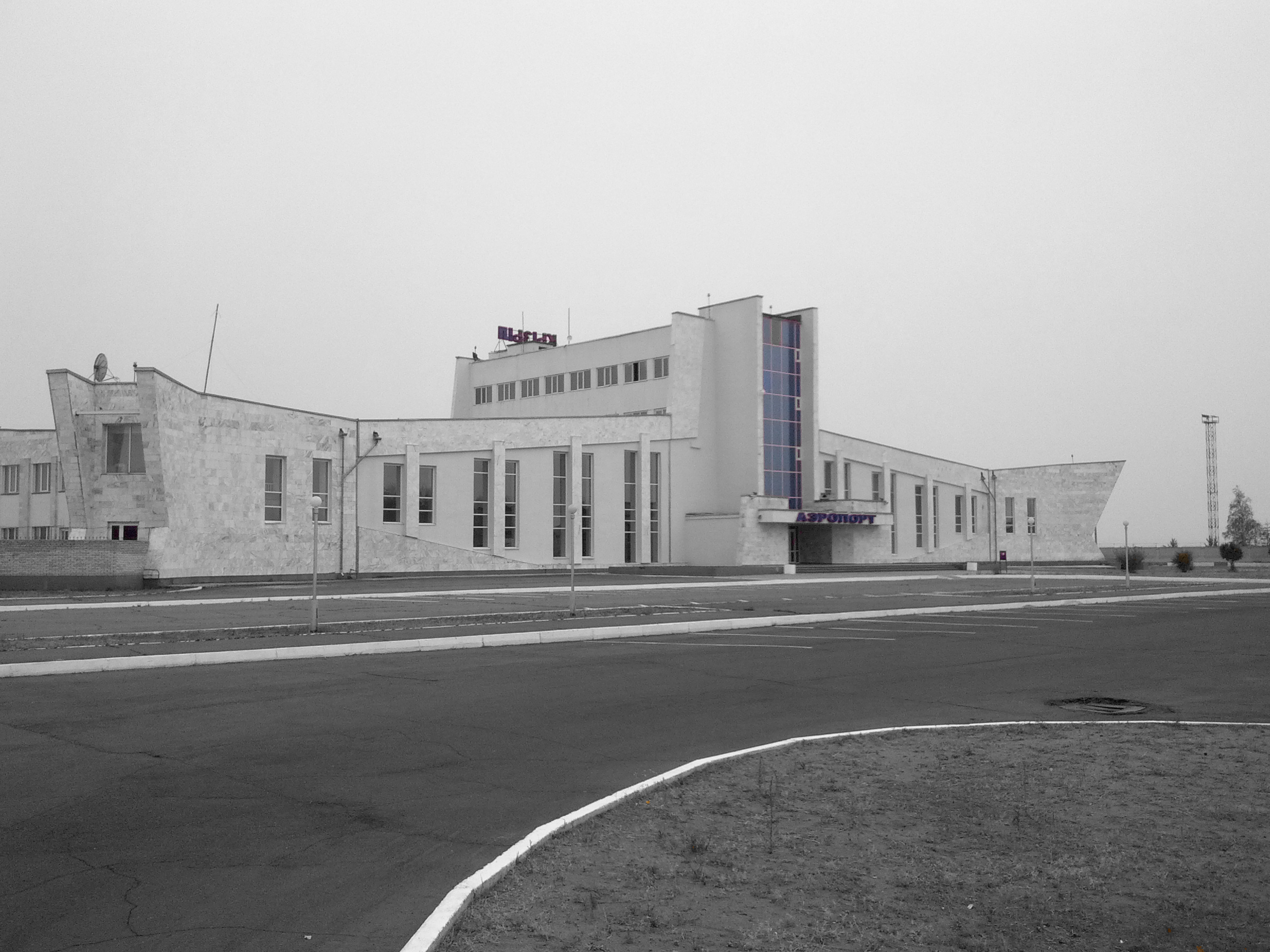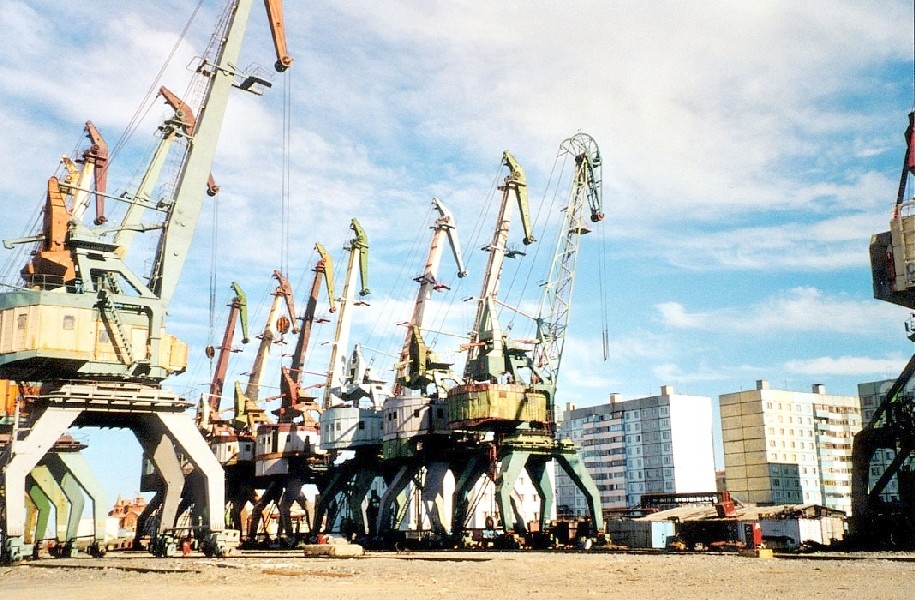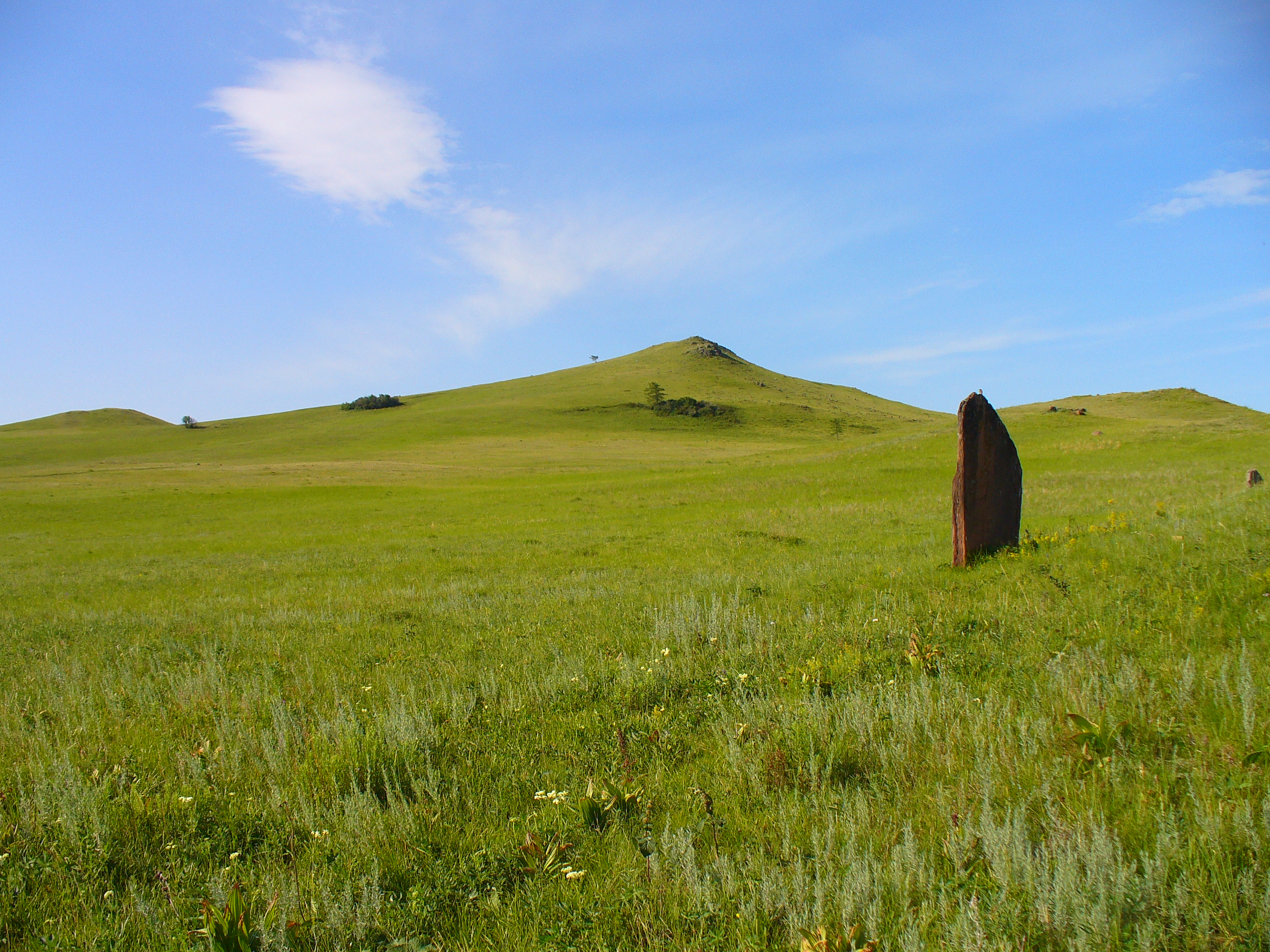|
Yenisei
The Yenisey (russian: Енисе́й, ''Yeniséy''; mn, Горлог мөрөн, ''Gorlog mörön''; Buryat: Горлог мүрэн, ''Gorlog müren''; Tuvan: Улуг-Хем, ''Uluğ-Hem''; Khakas: Ким суғ, ''Kim suğ''; Ket: Ӄук, ''Quk''; Nenets: Ензя-ям’, ''Enzja-jam''), also romanised as Yenisei, Enisei, or Jenisej, is the fifth-longest river system in the world, and the largest to drain into the Arctic Ocean. Rising in Mungaragiyn-gol in Mongolia, it follows a northerly course before draining into the Yenisey Gulf in the Kara Sea. The Yenisey divides the Western Siberian Plain in the west from the Central Siberian Plateau to the east; it drains a large part of central Siberia. It is the central one of three large Siberian rivers that flow into the Arctic Ocean (the other two being the Ob and the Lena). The maximum depth of the Yenisey is and the average depth is . The depth of river outflow is and inflow is . Geography The Yenisey proper, from ... [...More Info...] [...Related Items...] OR: [Wikipedia] [Google] [Baidu] |
Yenisei Kyrgyz
The Yenisei Kyrgyz ( otk, 𐰶𐰃𐰺𐰴𐰕:𐰉𐰆𐰑𐰣, Qyrqyz bodun), were an ancient Turkic people who dwelled along the upper Yenisei River in the southern portion of the Minusinsk Depression from the 3rd century BCE to the 13th century CE. The heart of their homeland was the forested Tannu-Ola mountain range (known in ancient times as the Lao or Kogmen mountains), in modern-day Tuva, just north of Mongolia. The Sayan mountains were also included in their territory at different times. The Kyrgyz Khaganate existed from 550 to 1219 CE; in 840, it took over the leadership of the Turkic Khaganate from the Uyghurs, expanding the state from the Yenisei territories into Central Asia and the Tarim Basin. History The Yenisei Kyrgyz correlated with Čaatas culture and may perhaps be correlated to the Tashtyk culture. Their endonym was variously transcribed in Chinese historical texts as ''Jiegu'' (結骨), ''Hegu'' (紇骨), ''Hegusi'' (紇扢斯), ''Hejiasi'' (紇戛斯) ... [...More Info...] [...Related Items...] OR: [Wikipedia] [Google] [Baidu] |
Krasnoyarsk
Krasnoyarsk ( ; rus, Красноя́рск, a=Ru-Красноярск2.ogg, p=krəsnɐˈjarsk) (in semantic translation - Red Ravine City) is the largest city and administrative center of Krasnoyarsk Krai, Russia. It is situated along the Yenisey River, and is the second-largest city in Siberia after Novosibirsk, with a population of over 1.1 million. Krasnoyarsk is an important junction of the renowned Trans-Siberian Railway, and is one of the largest producers of aluminium in the country. The city is known for its natural landscape; author Anton Chekhov judged Krasnoyarsk to be the most beautiful city in Siberia. The Stolby Nature Sanctuary is located 10 km south of the city. Krasnoyarsk is a major educational centre in Siberia, and hosts the Siberian Federal University. In 2019, Krasnoyarsk was the host city of the 2019 Winter Universiade, the third hosted in Russia. Geography The total area of the city, including suburbs and the river, is .Poexaly.ru. Krasnoya ... [...More Info...] [...Related Items...] OR: [Wikipedia] [Google] [Baidu] |
Kyzyl
Kyzyl (; Tuvan and russian: Кызыл; , ) is the capital city of the republic of Tuva, Russia. The name of the city means "red" or "crimson" in Tuvan (and in many other Turkic languages). Its population was History The city was founded in 1914 as Belotsarsk (russian: Белоцарск, link=no, ; "White Tsar's town"). In 1918, it was renamed Hem-Beldir ( tyv, Хем-Белдир, link=no, ). In 1926 it was given its present name. When the city was the capital of Tannu Tuva, it was named Kizil Khoto. In September 2014, Kyzyl celebrated its 100th anniversary as a city. The settlement was founded in 1914 by Russian settlers immediately after the entry of the then Uryanhai Territory under the protectorate of the Russian Empire called '' Belotsarsk ''. In 1918, in connection with the revolution and the antimonarchist movement, it was renamed to Khem-Beldyr, and in 1926 to Kyzyl ( Tuv .: ''red''). In 1921–1944, the city was the capital of Tuvan People's Republic, from 19 ... [...More Info...] [...Related Items...] OR: [Wikipedia] [Google] [Baidu] |
Krasnoyarsk Krai
Krasnoyarsk Krai ( rus, Красноя́рский край, r=Krasnoyarskiy kray, p=krəsnɐˈjarskʲɪj ˈkraj) is a federal subject of Russia (a krai), with its administrative center in the city of Krasnoyarsk, the third-largest city in Siberia (after Novosibirsk and Omsk). Comprising half of the Siberian Federal District, Krasnoyarsk Krai is the largest krai in the Russian Federation, the second largest federal subject (after neighboring Sakha) and the third largest subnational governing body by area in the world, after Sakha and the Australian state of Western Australia. The krai covers an area of , which is nearly one quarter the size of the entire country of Canada (the next-largest country in the world after Russia), constituting roughly 13% of the Russian Federation's total area and containing a population of 2,828,187 (more than a third of them in the city of Krasnoyarsk), or just under 2% of its population, per the 2010 Census. Geography The krai lies in ... [...More Info...] [...Related Items...] OR: [Wikipedia] [Google] [Baidu] |
Tuva
Tuva (; russian: Тува́) or Tyva ( tyv, Тыва), officially the Republic of Tuva (russian: Респу́блика Тыва́, r=Respublika Tyva, p=rʲɪˈspublʲɪkə tɨˈva; tyv, Тыва Республика, translit=Tyva Respublika ), is a federal subject of Russia (a republic, also defined in the Constitution of the Russian Federation as a state). The Tuvan Republic lies at the geographical center of Asia, in southern Siberia. The republic borders the Altai Republic, the Republic of Khakassia, Krasnoyarsk Krai, Irkutsk Oblast, and the Republic of Buryatia in Russia and Mongolia to the south. Tuva has a population of 307,930 ( 2010 census). Its capital is the city of Kyzyl. From 1921 to 1944, Tuva constituted a sovereign, independent, but partially recognized nation, acknowledged only by its neighbors the Soviet Union and Mongolia. It was known officially as Tannu Tuva until 1926 and thereafter as the Tuvan People's Republic. A majority of the population are ethni ... [...More Info...] [...Related Items...] OR: [Wikipedia] [Google] [Baidu] |
Igarka
Igarka (russian: Ига́рка) is a town in Turukhansky District of Krasnoyarsk Krai, Russia, located north of the Arctic Circle. Igarka is a monotown established around a sawmill which processed timber logged in the basin of the Yenisei River for export. Up to 1956, it was largely inhabited by deportees and political prisoners. Since the dissolution of the Soviet Union in 1991, the town's population has rapidly declined – it decreased from to 4,417 (2019). History Igarka was founded in 1929 as a sawmill and a timber-exporting port by the Chief Directorate of the Northern Sea Route. Timber was logged in the basin of the Yenisei River, floated to Igarka where it was processed, and then exported to various distribution centers. The town grew rapidly as deportees during the dekulakization campaigns were sent to the town. Igarka was granted city status in 1931. The town's construction was directed by who envisioned Igarka as an ideal Soviet Arctic city. In 1939, the tow ... [...More Info...] [...Related Items...] OR: [Wikipedia] [Google] [Baidu] |
Yeniseysk
Yeniseysk ( rus, Енисейск, p=jɪnʲɪˈsʲejsk) is a town in Krasnoyarsk Krai, Russia, located on the Yenisei River. Population: 20,000 (1970). History Yeniseysk was founded in 1619 as a stockaded town—the first town on the Yenisei River. It played an important role in Russian colonization of East Siberia in the 17th–18th centuries. Its location is due to the Siberian River Routes from the Urals, up the Ob, up the Ket River and over a portage to Yeniseysk and from there to the Yenisei basin. It became less important due to road and rail building further south. Its old town is included by the Russian government in the country's tentative World Heritage List. Administrative and municipal status Within the framework of administrative divisions, Yeniseysk serves as the administrative center of Yeniseysky District, even though it is not a part of it.Law #10-4765 As an administrative division, it is incorporated separately as the krai town of Yeniseysk—an admin ... [...More Info...] [...Related Items...] OR: [Wikipedia] [Google] [Baidu] |
Khakas Language
Khakas (also known as Xakas, endonym: хакас тілі, ''khakas tįlį'', тадар тілі, ''tadar tįlį'') is a Turkic language spoken by the Khakas people, who mainly live in the southwestern Siberian Khakas Republic, in Russia. The Khakas number 73,000, of whom 42,000 speak the Khakas language. Most Khakas speakers are bilingual in Russian. Traditionally, the Khakas language is divided into several closely related dialects, which take their names from the different tribes: , , Koybal, Beltir, and Kyzyl. In fact, these names represent former administrative units rather than tribal or linguistic groups. The people speaking all these dialects simply referred to themselves as Tadar (i.e. Tatar). History and documentation The people who speak the Fuyu Kyrgyz language originated in the Yenisei region of Siberia but were relocated into the Dzungar Khanate by the Dzungars, and then the Qing moved them from Dzungaria to northeastern China in 1761, and the name may ... [...More Info...] [...Related Items...] OR: [Wikipedia] [Google] [Baidu] |
Dudinka
Dudinka (russian: Дуди́нка; Nenets: Тут'ын, ''Tutꜧyn'') is a town on the Yenisei River and the administrative center of Taymyrsky Dolgano-Nenetsky District of Krasnoyarsk Krai, Russia. It used to be the administrative center of Taymyr Autonomous Okrug, which was merged into Krasnoyarsk Krai on January 1, 2007. Population: History It was founded in 1667 as a winter settlement connected to Mangazeya. In 1930 it was designated the administrative center of the Taimyr Dolgan-Nenets National Region. In 1935, the polar explorer Otto Schmidt recommended that the settlement be expanded into a town. By 1937, the port facilities and a railroad to Norilsk were completed. Town status was granted in 1951. Administrative and municipal status Within the framework of administrative divisions, Dudinka serves as the administrative center of Taymyrsky Dolgano-Nenetsky District.Law #10-4765 As an administrative division, it is, together with five rural localities, incorporated ... [...More Info...] [...Related Items...] OR: [Wikipedia] [Google] [Baidu] |
Divnogorsk
Divnogorsk ( rus, Дивногорск, p=dʲɪvnɐˈɡorsk) is a town in Krasnoyarsk Krai, Russia, located on the Yenisei River, southeast of Krasnoyarsk, the administrative center of the krai. Population: History Paleolithic remains, which was discovered on the western outskirts of the town, indicates that this land was inhabited by more than ten thousand years ago. Where the town stands was the village Ovsyanka (russian: с. Овсянка), founded in 1671. In 1888 on the site of modern Divnogorsk celibate priest Filaret was founded Krasnoyarsk Znamensky obschezhitsky men's Skeet (closed in 1920); whose construction was begun on August 19 of that year. Over time, the monastery became a village Skeet. The monastery acted brick, smologonny, a candle factory, a variety of workshops. Skeet was the first above Krasnoyarsk pier for ships to stick to the sandy shore just below Filaretova stream. From the monastery buildings remained only a wooden two-storey house has been convert ... [...More Info...] [...Related Items...] OR: [Wikipedia] [Google] [Baidu] |
Khakassia
Khakassia (russian: Хакасия; kjh, Хакасия, Хакас Чирі, ''Khakasiya'', ''Khakas Çiri''), officially the Republic of Khakassia (russian: Республика Хакасия, r=Respublika Khakasiya, ; kjh, Хакас Республиказы, tr. ''Khakas Respublikazy''), is a federal subject (a republic) of Russia. Its capital city is Abakan, which is also the largest city in the republic. As of the 2010 Census, the republic's population was 532,403. Geography The republic is located in the southwestern part of Eastern Siberia and borders Krasnoyarsk Krai in the north and east, the Tuva Republic in the southeast and south, the Altai Republic in the south and southwest, and Kemerovo Oblast in the west and northwest. It stretches for from north to south and for from east to west. Mountains (eastern slopes of Kuznetsk Alatau and the Abakan Range) cover two-thirds of the republic's territory and serve as the natural boundaries of the republic. The ... [...More Info...] [...Related Items...] OR: [Wikipedia] [Google] [Baidu] |
Sayanogorsk
Sayanogorsk (russian: Саяногорск; Khakas: , ''Naa Soyan Tura'') is a town in the Republic of Khakassia, Russia, located on the left bank of the Yenisei River, south of Abakan, the capital of the republic. Population: Geography The town has road and water links with Abakan and Minusinsk. The town itself is located in the steppe zone. History Sayanogorsk was founded on November 6, 1975, in connection with the construction of the Sayan-Shushenskaya Hydroelectric Power Plant on the Yenisei River and the Sayan Aluminum Plant in the town; the latter opened ten years later. Administrative and municipal status Within the framework of administrative divisions, it is, together with two work settlements ( Cheremushki and Mayna) and one rural locality (the village of Bogoslovka), incorporated as the Town of Sayanogorsk—an administrative unit with the status equal to that of the districts.Law #20 As a municipal division, the Town of Sayanogorsk is incorporated as Saya ... [...More Info...] [...Related Items...] OR: [Wikipedia] [Google] [Baidu] |







